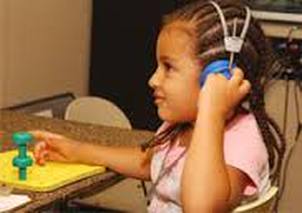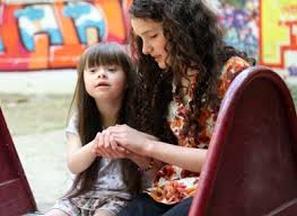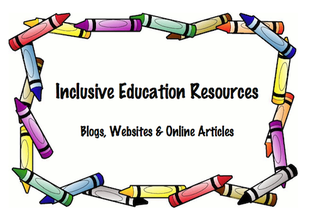
Low-Incidence Disabilities reflect in students that make up 20% of all students with disabilities. Friend and Bursuck (2012) say students with low-incidence disabilities:
Examples of Low-Incidence Disabilities:
- have received some type of special education service since birth
- need the same attention as students without disabilities
- includes students with moderate to severe intellectual disabilities (IQ < 50)
- may have a developmental delay
Examples of Low-Incidence Disabilities:
- blindness
- low vision
- deafness
- hard-of-hearing
- deaf-blindness
- significant developmental delay
- complex health issues
- serious physical impairment
- multiple disability
- certain spectrum of autism

High-Incidence Disabilities reflect in students that make up 80% of all students with disabilities. Friend and Bursuck (2012) say students with High-Incidence disabilities share these characteristics:
Examples of High-Incidence Disabilities:
- often hard to distinguish from students without disabilities, especially in non-school settings
- often display a combination of academic, behavioral and social problems
- can meet same standards as students without disabilities when highly structured interventions are put into place
Examples of High-Incidence Disabilities:
- communication disorders (speech and language impairments)
- specific learning disabilities (including attention deficit hyperactivity disorder [ADHD])
- mild/moderate mental retardation
- emotional or behavioral disorders
- cognitive impairment
- certain spectrum of autism

Inclusion Resource This site is an inclusion resource for everyone by general education teachers. A general education teacher could find information on the following:
- a description of the disability areas.
- appropriate modifications and accommodations for disability categories.
- components of an IEP pertinent to a general education teacher.
- descriptions of different inclusion strategies usable by a general education teacher.
- descriptions of different behavioral strategies to support students in the general education classroom.
- collaboration techniques for working with special education teachers and other IEP members.

The Family Center on Technology and Disability The Family Center on Technology and Disability (FCTD) provides the following:
- a resource designed to support organizations and programs that work with families of children and youth with disabilities
- information and services on the subject of assistive and instructional technologies
- information that supports you in your efforts to bring the highest quality education to children with disabilities
Low-Incidence Disabilities Video
High-Incidence Disabilities And How Assistive Technology Can Help Video

